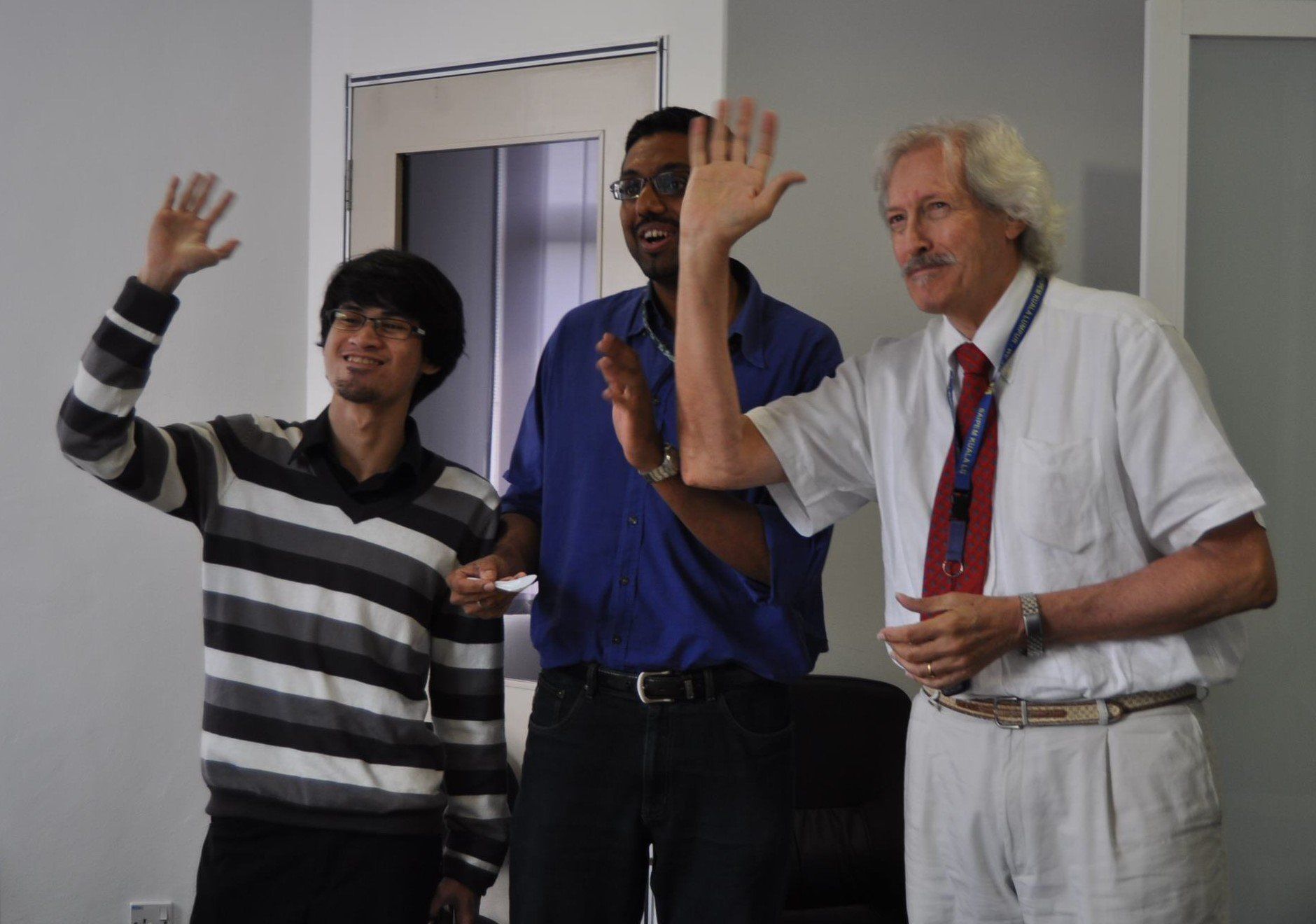Why Design Thinking is as Relevant as Ever

Design Thinking is best known for being a human-centric, creative and experimentation-driven approach to developing new products, services and experiences. However, right now, it is its ability to help leaders and teams manage and navigate in uncertainty that could prove to be the most impactful.
Where traditional management thinking skills are great for managing in certainty, design-led thinking skills are great for managing during times of VUCA (Volatility, Uncertainty, Complexity & Ambiguity).
This is because Design Thinking is a method that is based on customer-centricity, abductive thinking, problem reframing, creativity and experimentation, whether you create a logo design or design a website. These are all skills suited to problem solving in the unknown. And you couldn’t get much more VUCA than now. Let’s take a look at how Design Thinking can help right now:
1. The importance of customer empathy
At the moment everybody’s worlds (including our customers and employees) have been turned upside down, meaning customer understanding is more important than ever. We need to apply customer empathy research to understand their new normal and identify their new and evolving needs and pains in order to solve for and satisfy them.
2. Gleaming insight from customer deprivation and disruption
Typically, when we help a client innovate in a mature category, such as transportation, cereal or beer, it can be hard for customers to articulate any substantial unmet needs, frustrations or desires.
To overcome this barrier we apply what we call deprivation and disruption research techniques. These techniques create a heightened experience of the situation, product, or service for the customer, so the needs and pains more easily bubble to the surface and you uncover insights that you wouldn’t have using more traditional research techniques.
Where traditional management thinking skills are great for managing in certainty, design-led thinking skills are great for managing during times of VUCA (Volatility, Uncertainty, Complexity & Ambiguity).
COVID-19 has created a global scenario where people’s lives have been disrupted and they are being deprived of what were once everyday activities like going to the office, attending large social gatherings, exercising or travelling further than 5km from their homes and so on.
This makes now a perfect time to empathetically and respectfully research and uncover new customer needs which have been heightened by an extreme situation. And by doing so, we can hopefully design new solutions to improve people’s lives in some meaningful way.
3. Creative thinking to adapt, survive and thrive
To survive and thrive in Covid we need to think creatively. It may be on how to lead and keep a dispersed and remote workforce happy, healthy and engaged, design a new way of working for when we return to our offices, or how to pivot your product or business model. Creativity is key to generating effective solutions to solve these new problems we are facing.
In the words of Albert Einstein: “Problems cannot be solved by thinking within the framework in which the problems were created.” We need to apply lateral thinking to think outside the box.
We also know from Mihaly Csikszentmihalyi’s ‘Flow’, that human beings are at their happiest (in flow, or ‘the zone’) when they are creating. People actually long to express their creativity and when we can’t we’re more likely to feel disengaged, become unproductive and even feel depressed.
Engaging our teams to be creative right now may go a long way to building a productive culture.
4. Running experiments to decide quickly with confidence
More than ever we need to quickly and cheaply experiment with new solutions, new channels to market, and new ways of working to pivot our offerings and operating models.
Experimentation enables teams to quickly and cheaply prototype their solutions building the minimum required to make it testable. They then test these prototypes to validate their assumptions, de-risking their ideas and gaining critical learnings as to why these solutions succeeded or failed. In a Design Thinking approach, we first start by testing:
1. desirability (does the customer need or want it) and move rapidly into
2. viability (can we make money from it) and finally
3. feasibility (can we technically and organisationally build it) to provide enough confidence to move forward into development and commercialisation.
Right now Design Thinking can help marketers, corporate teams, startups, and leaders across all levels use design-led methodologies to navigate, survive and hopefully thrive in the current environment.
Leadership
Tags: Emerging Leadership





